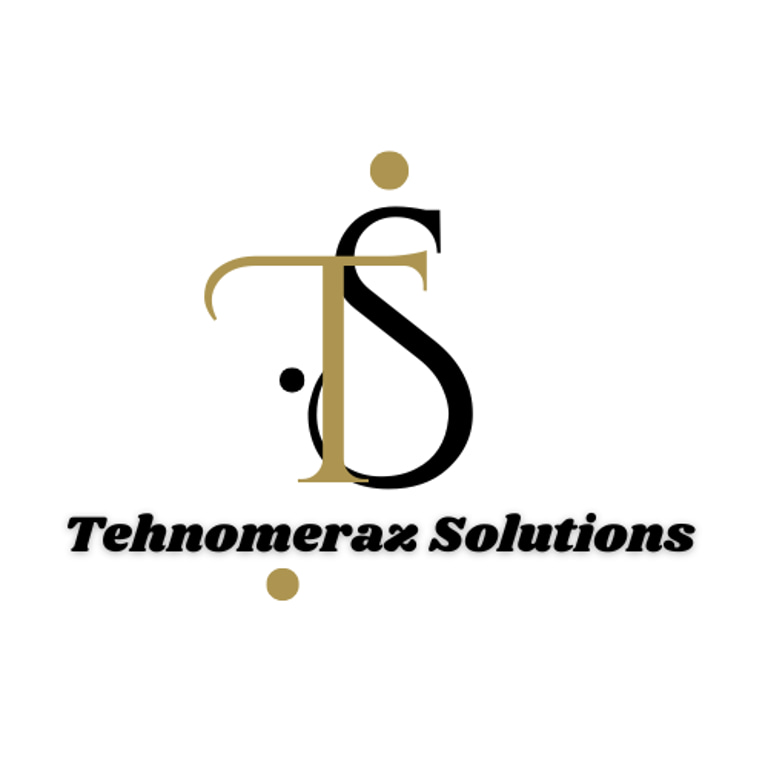Introduction to Equity and Stocks
The world of finance is often intricate and filled with jargon that can be perplexing for many. Among the foundational concepts that every investor should grasp are equity and stocks. Understanding these terms not only enhances your investment knowledge but also builds a solid base for making informed decisions in an ever-changing market.
What is Equity?
Equity refers to ownership in a company, typically represented by shares of stock. When an individual purchases equity in a company, they are buying a fraction of that company's total value. This ownership comes with both potential rewards and risks. In basic terms, equity can be thought of as the portion of a company's assets that shareholders own after all liabilities are paid. The more equity you own, the greater your stake in the company's profit, often in the form of dividends or capital gains.
The Role of Stocks in Investment
Stocks are the instruments through which investors can buy equity in a firm. They come in various types, with the most common being common stocks and preferred stocks. Common stocks grant shareholders voting rights and potential dividends, while preferred stocks offer fixed dividends and priority over common stocks in the event of liquidation.
Investing in stocks allows individuals to participate in a company’s growth trajectory. When the company performs well and increases its profits, stock prices typically rise, resulting in capital appreciation for investors. Conversely, if a company underperforms, the stock price can fall, leading to financial losses for shareholders.
Key Considerations When Investing in Stocks
Before delving into the stock market, it is essential to understand a few critical factors. Firstly, risk assessment is crucial. Stocks can be volatile and may yield varying returns influenced by economic conditions, market sentiment, and internal company performance. Therefore, diversifying your portfolio is advisable to mitigate risks.
Secondly, recognizing the distinction between short-term trading and long-term investing is vital. Short-term traders tend to focus on market fluctuations, buying and selling stocks quickly to capitalize on price movements. In contrast, long-term investors typically buy and hold stocks, focusing on the company's sustainable growth rather than short-term market volatility.
Conclusion
In conclusion, the fundamentals of equity and stocks provide a gateway into the wider world of finance and investment. By understanding what equity represents and the functionality of stocks, investors can better navigate the stock market. Continuous education and strategic planning are key components for anyone looking to succeed in investing. As the markets evolve, so too should your knowledge and strategies in the pursuit of financial growth.


